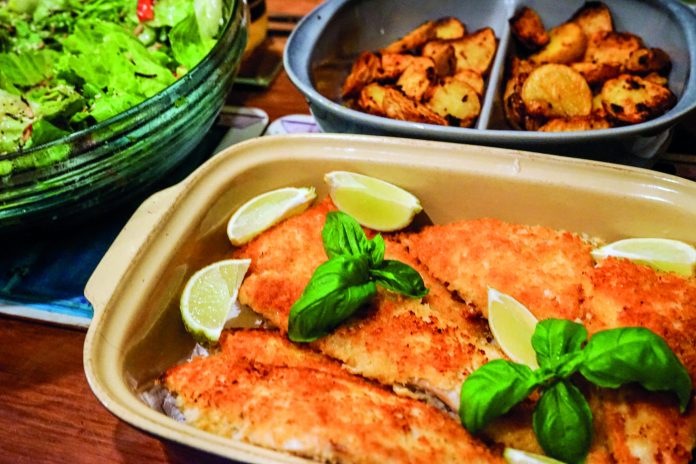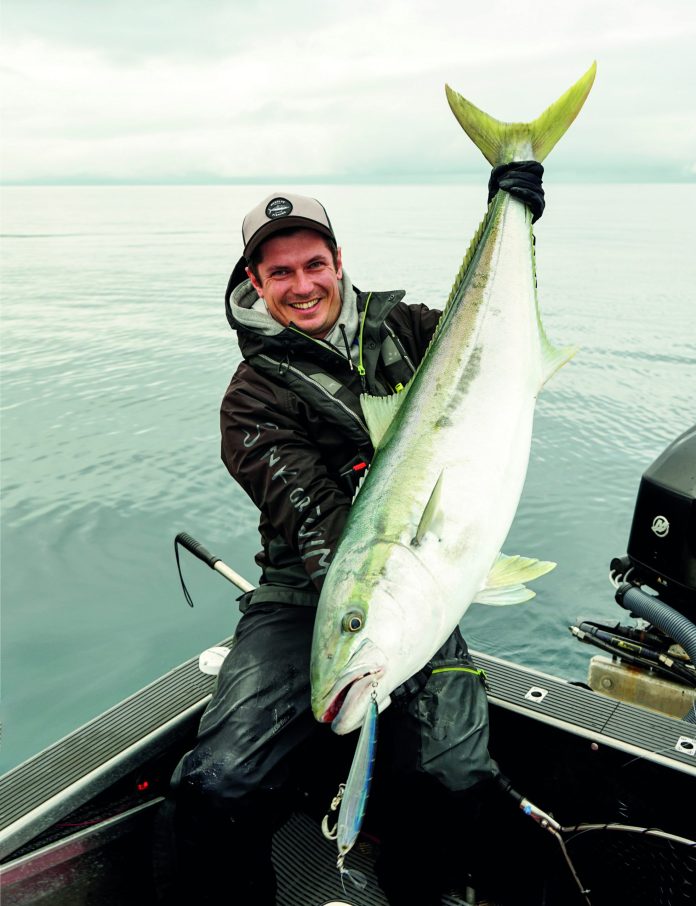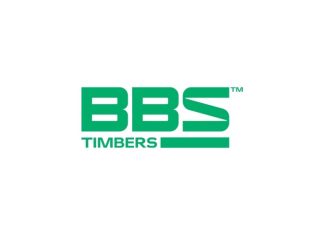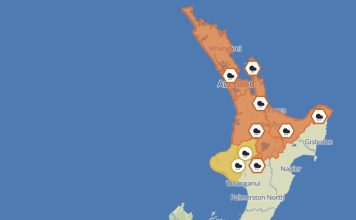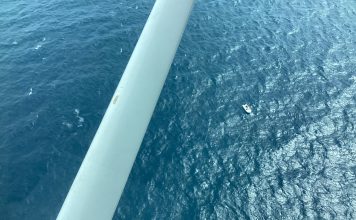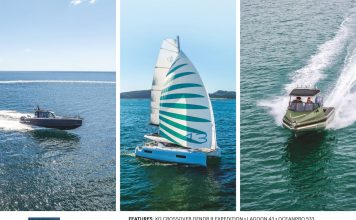A leader might be just a relatively short length of line, but its diverse roles make leader use essential to most forms of fishing.
In most cases a thicker, stronger leader (also called trace) is used to protect against potential line damage from toothy fish and abrasive, unforgiving structures, as well as to allow anglers or crew to exert extra pressure on large fish when they are at close quarters. However, leaders may also perform more subtle and specific duties, depending on the circumstances, angler requirements, species of fish sought and the fishing techniques involved.
In this, the first of a series on leaders, we look at leaders for popular bait-fishing techniques for snapper, with some recommendations to ensure the best outcomes.
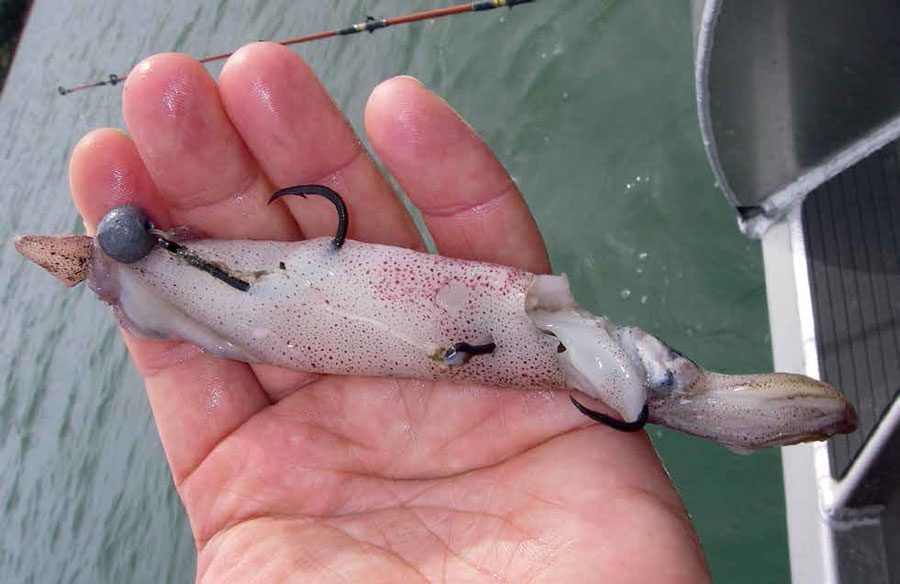
BAIT-FISHING FOR SNAPPER
When bait fishing for snapper the leader’s main purpose is to resist a hooked snapper’s crushing teeth, which – especially in the larger specimens– are so powerful, they can easily crush shellfish and kina. The leader’s secondary role is to protect the mainline from shredding on jagged, oyster- and barnacleencrusted rocks.
STRAY-LINE RIGS
Attaining a high level of stray-lining skill is a source of pride for snapper fishers and, for me, improved success is very much down to choosing the lightest and shortest leader practical for the conditions, attached to the lightest suitable mainline, fished from a light as is sensible casting outfit.
That’s because the primary aim when stray-lining unweighted and lightly-weighted baits is to have them look as natural as possible as they waft slowly down through the water column with the current/tidal flow. A long, thick leader hanging from one end of the bait puts paid to any attempt at subtlety.
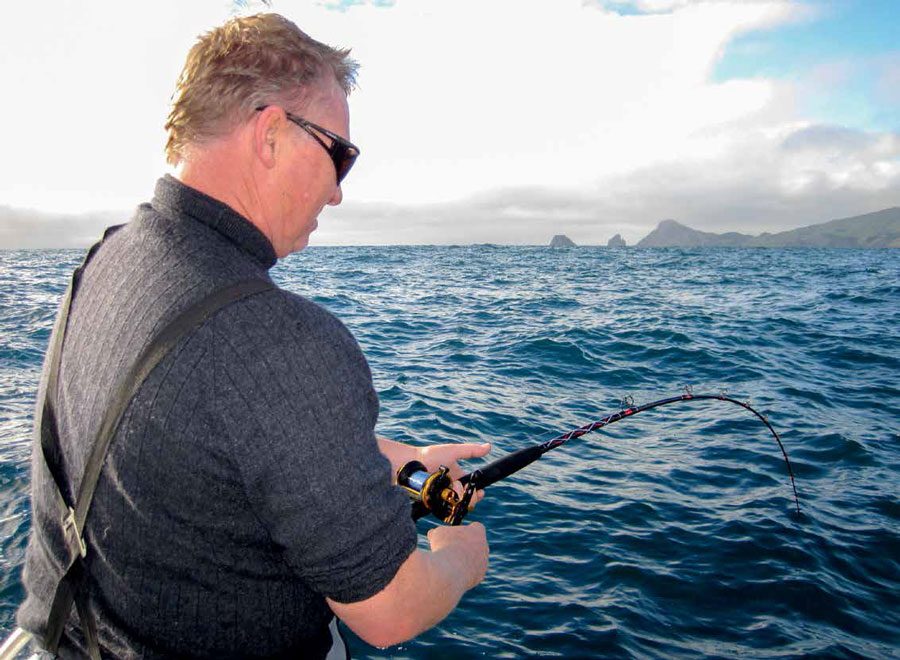
For the best results I incorporate the following elements:
• A short trace – As the trace’s main purpose is to guard against damage from teeth, (protection against damage from reef and weed is generally less important), keep the leader length to the absolute bare minimum.
For me this means just long enough to secure a typical-sized bait (including the half-hitches that hold it tight), with around 10cm of trace remaining between the bait and knot securing it to the mainline. The trace, while short, is still long enough for anglers to grab and lift hooked fish aboard if desired.
• Modest diameter/strength – I sometimes wonder whether trace of 80lb and heavier is actually a liability rather than insurance against lost fish. I don’t recall snapper ever biting me while using my usual 50-60lb trace material fished on 6-10kg mainline, yet stories abound of bite-offs on 80 and 100lb trace! Possibly these ‘monster snapper’ were actually tope (school sharks), or maybe such thick leaders gave snapper something substantial to chew on and eventually sever, especially when they’re under the extra pressure of 15kg tackle, which is commonly used. Maybe…
• Circle hooks – By using in-line circle/recurve hooks, you can safely reduce the thickness of your trace material. Circle hooks usually slide up into the fish’s jaw hinge, leaving the leader clear of damaging teeth.
• Fluoro or nylon? – The decision to use fluorocarbon or nylon leader is up to the angler. Fluorocarbon is very tough and virtually invisible underwater, but it’s harder to knot and much more expensive than specialised nylon trace. Reliable knots – Knotting thick lines to thin ones is notoriously difficult to do well. Back-to-back Uni-knots are okay when tied fresh, but No-name knots or Albright knots maintain their integrity longer. Of course you can connect the leader material to the mainline with a small swivel, but that’s one more thing to snag or fail – and it affects how naturally the bait descends.
• Two-hook rigs – While a single-hook rig is fine when using small, compact baits, or when the location is especially snaggy, a two-hook rig definitely improves your chances of a successful hook-up when longer baits are used (i.e. whole baitfish or squid, or long strips of cut bait). The trailing hook should be tied to the end of the trace with a Uni knot (pulls up much more easily than a Clinch knot). Thread that hook along the length of bigger baits, sewing the trace through the bait. As for the lead hook, that should be snooded (a strong knot that suits thick line) far enough up the trace so that the hook sits just right in bait you’re using. The distance between the hooks is determined by the size and type of bait. If in doubt, it’s better to have too little length between the hooks than too much – too much results in a little slack line between the rigged hooks, which makes hook-sets less effective when using circle hooks.
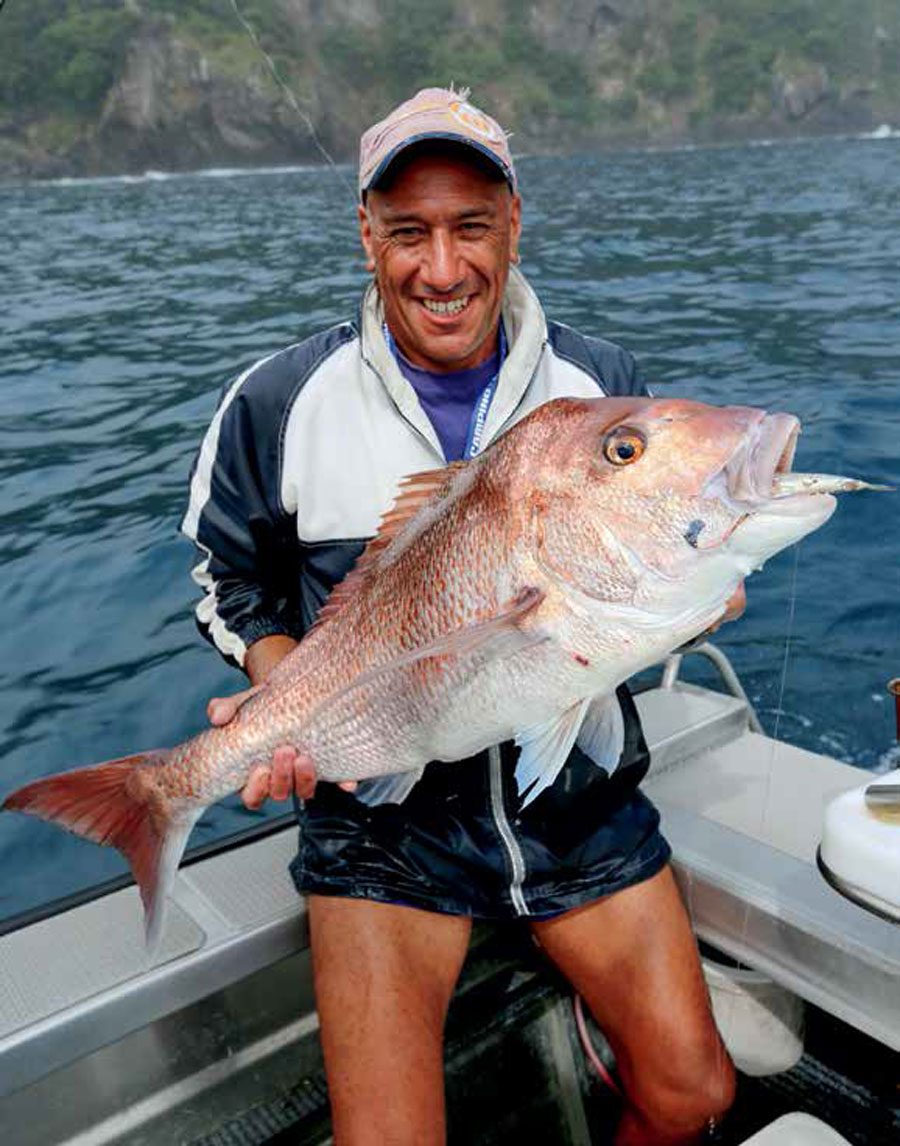
WEIGHTED RIGS
When it becomes difficult to reach and/or hold the bottom with a stray-line rig due to strong current and/or increasing depth, and adding more weight becomes impractical, most anglers change over to a sliding-sinker rig or else a dropper-type rig.
SLIDING-SINKER RIGS
Although sliding-sinker rigs are obviously different to stray-line rigs in that much heavier sinker weights are used, the leader also tends to be significantly longer. That’s okay because the more obvious length of leader is harder to see in deeper water where sliding sinker rigs tend to be used, and the stronger current often present means snapper tend to take the baits more aggressively or risk the food being swept away.
While some anglers advocate leaders as long as six metres, claiming the bait behaves more naturally as a result, I’m not one of them. Around one metre of leader gets the job done for me.
The leader’s strength is largely determined by the mainline. As a basic guide, I suggest these trace strengths for the following popular line weights:
• 6kg mainline: 30-40lb (15-18kg)
• 8kg mainline: 30-50lb (15-24kg)
• 10kg mainline: 50-60lb (24-27kg)
• 15kg mainline: 60-80lb (27-37kg)
There is no need to use fluorocarbon leader when fishing water that’s more than 30 or 40 metres deep, especially in high current, as the visibility of the trace makes little difference to the results.
Several of the aspects covered earlier apply here too, especially the recommended knots for making up double-hook rigs, and the potential to reduce the trace diameter/strength if using circle-type hooks.
But the most practical way to join the leader to the mainline in this instance is with a swivel. Not only does it create a strong joint for two very different line diameters, it acts as a ‘stopper’ for the sliding sinker, preventing it from getting too close to the baited hooks.
Thicker leader material can also help anglers hoist small to medium-sized fish on board without needing a net or gaff, provided they are well-hooked.
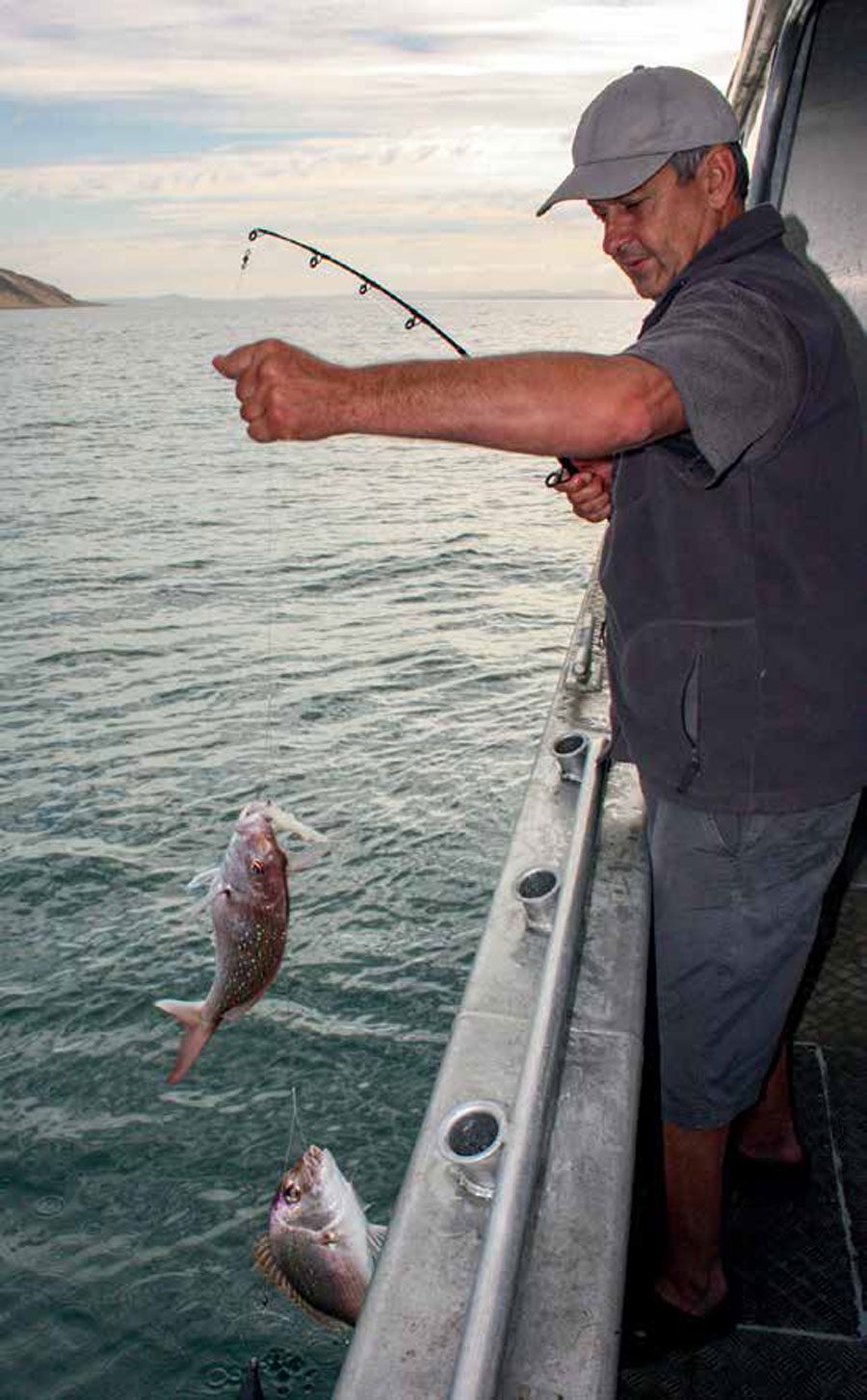
DROPPER/LEDGER-TYPE RIGS
Arguably the most iconic boat-fishing bait rig, the dropper rig consists of a 15-37kg nylon leader ‘backbone’ (nylon because it’s easier to knot than fluorocarbon in this instance), with one to three dropper loops spaced along it. These, in turn, are looped onto suitable hooks.
The purposes served by the leader when used in dropper rigs include the following: • Dropper loop knots have a notoriously low breaking strain (relatively speaking), so the extra strength of the thick leader should compensate for the less than ideal knot strength.
• The heavier the trace material, the stiffer it is, which helps dropper loops to stick out at right angles to the vertical backbone (provided the droppers are not tied too long).
Dropper loops present baited hooks in a way that’s more easily accessible to fish. Further, they should not be knotted so close together that the hooks catch on one another.
• Snapper have teeth capable of crushing hard-shelled crustaceans and shellfish, especially as they get bigger, so the leader should be tough enough and thick enough to withstand this type of punishment. As a bonus it should withstand a certain amount of damage dished out by the sharp teeth of sharks and barracouta.
• If fish are securely hooked, you can lift more modest catches on board using the leader, though this is not recommended for softer-mouth species like trevally. BNZ











